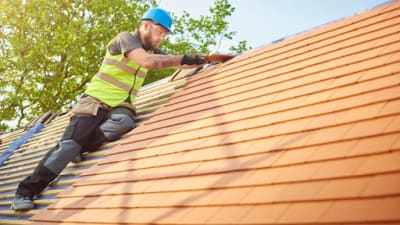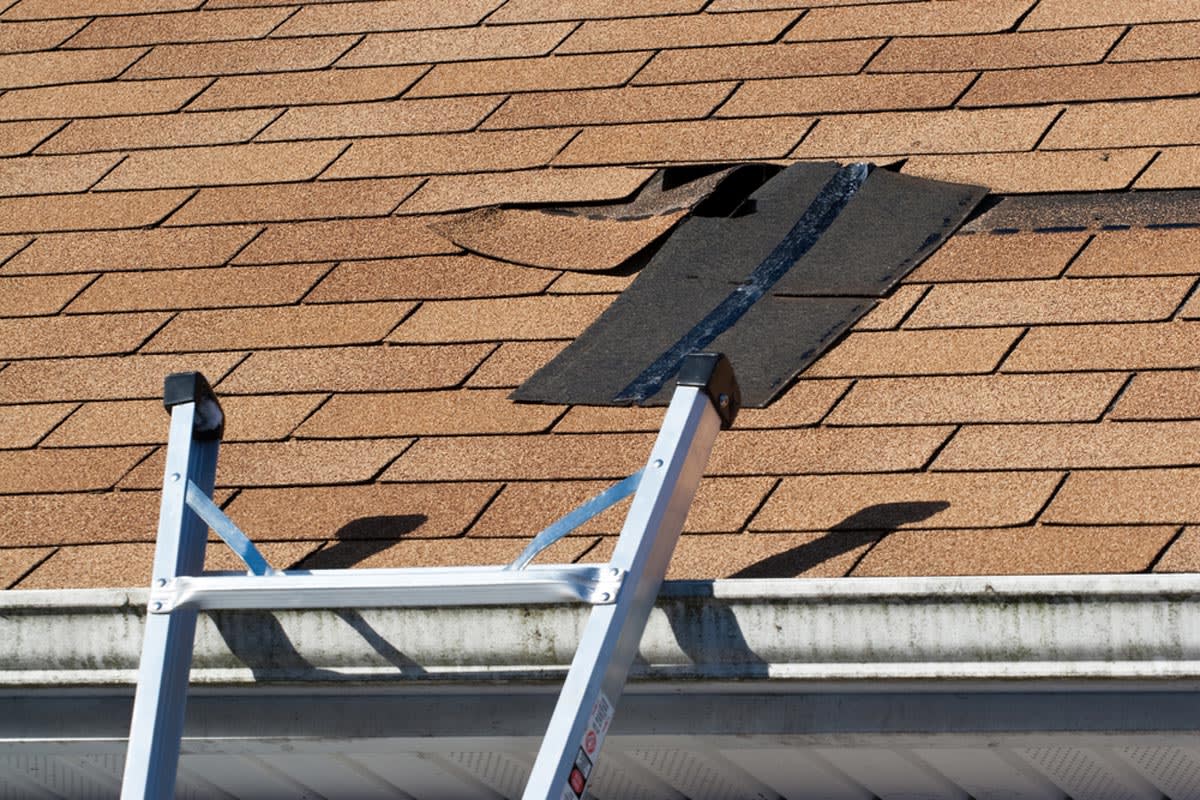Oahu Roofing: Comprehensive Roofing Solutions in the Oahu Area
Oahu Roofing: Comprehensive Roofing Solutions in the Oahu Area
Blog Article
Understanding the Various Kinds Of Roofings: A Comprehensive Guide for Homeowners
With an array of choices-- ranging from the traditional gable to the modern level-- each type presents unique advantages and obstacles that need to straighten with the home owner's ecological factors to consider and certain needs. As we explore the details of different roof kinds, it ends up being apparent that one dimension does not fit all; the right choice might surprise you.
Gable Roofs
Gable roofs, identified by their triangular form, are among the most preferred roof covering designs because of their simpleness and performance in shedding water and snow. This layout features 2 sloping sides that fulfill at a ridge, enabling reliable water drainage and decreasing the risk of water build-up. The high pitch typically connected with saddleback roofs improves their capability to deal with heavy rainfall, making them suitable for different environments.
Along with their sensible advantages, saddleback roofs offer aesthetic adaptability. They can be adjusted to numerous architectural designs, from standard to modern-day homes. The design can also fit additional functions such as dormer home windows, which boost all-natural light and ventilation in the attic room space.
Additionally, saddleback roofs offer enough room for insulation, adding to energy efficiency. Homeowners can pick from a variety of roofing products, including asphalt shingles, metal, and ceramic tiles, further enhancing modification alternatives.
In spite of their advantages, gable roofs may need added assistance in locations susceptible to high winds or heavy snowfall. Overall, the gable roof covering stays a popular option due to its blend of performance, sturdiness, and visual appeal.
Apartment Roofs
Flat roofing systems are often identified for their minimal style and functional applications, specifically in business and commercial settings (oahu roofing). These roofings include a straight or nearly straight surface area, which enables very easy building and construction and functional space utilization. While they may lack the aesthetic allure of pitched roofing systems, flat roofings supply numerous benefits, specifically in city atmospheres where making the most of room is vital
One of the key benefits of flat roofing systems is their ease of access. House owners can make use of the roof space for various purposes, such as rooftop gardens, terraces, or photovoltaic panel installations. Furthermore, level roofs are normally a lot more economical to keep and install contrasted to their sloped equivalents, as they need less products and labor.
Common products made use of for level roofs consist of built-up roof covering (BUR), changed asphalt, and single-ply membrane layers, each offering distinctive benefits. Generally, flat roofs serve as a versatile and practical choice for many house owners and services alike.
Hip Roofs
Hip roof coverings are defined by their sloped sides that assemble on top, forming a ridge. This design stands out from gable roofs, as all four sides of a hip roofing system slope downwards toward the wall surfaces, giving a more secure framework. The angle of the inclines can differ, enabling for flexibility in architectural looks and performance.
One of the primary benefits of hip roofs is their capacity to endure hefty winds and negative climate condition. The sloped surface areas make it possible for better water drainage, decreasing the threat of leaks and water damages. Furthermore, hip roofs provide increased attic area, which can be utilized for storage or even transformed right into comfortable areas.
Nevertheless, constructing a hip roof covering can be much more pricey and complicated than simpler roofing types, such as gable roofing systems. The extra product and labor entailed in producing the inclines and guaranteeing appropriate architectural honesty can lead to higher great site expenses. In spite of these disadvantages, several property owners favor hip roofing systems for their longevity, aesthetic allure, and potential for energy effectiveness.
Mansard Roofings
Mansard roofs, often recognized by their unique four-sided design, feature 2 slopes on each side, with the roof repair oahu lower incline being steeper than the upper. This architectural design, stemming from France in the 17th century, is not only cosmetically appealing however functional, as it takes full advantage of the usable room in the upper floorings of a structure. The steep reduced slope permits more headroom, making it a suitable choice for attics or lofts, which can be exchanged living rooms.
Mansard roofings are identified by their adaptability, fitting different building designs, from typical to modern-day. They can be created with different products, including asphalt tiles, slate, or metal, providing property owners with a series of alternatives to suit their budget plans and preferences. In addition, the style enables the assimilation of dormer windows, boosting all-natural light and ventilation in the top levels.
However, it is vital to take into consideration the potential disadvantages. Mansard roof coverings might need even more upkeep because of the complexity of their design, and their high slopes can be testing for snow and rainfall drainage. Overall, mansard roof coverings combine style with functionality, making them a prominent option among property owners looking for distinct architectural attributes.
Lost Roofings
As homeowners significantly look for simplicity and performance in their building designs, lost roofs have become a preferred option. Characterized by a solitary sloping aircraft, a shed roofing system offers a minimalist aesthetic that matches numerous home styles, from contemporary to rustic.
Among the primary advantages of a shed roofing system is its uncomplicated building, which usually converts to decrease labor and product expenses. This layout enables reliable water drainage, reducing the risk of leaks and water damages. In addition, the vertical slope gives sufficient space for skylights, improving all-natural light within the inside.
Lost roof coverings likewise use convenience in regards to use. They can be properly incorporated right into additions, garages, or outdoor frameworks like sheds and pavilions. In addition, this roofing design can fit various roof materials, including steel, asphalt tiles, or perhaps site here green roofings, straightening with environment-friendly efforts.
However, it is necessary to take into consideration regional environment problems, as hefty snow loads might demand modifications to the roof's angle or framework. Generally, dropped roof coverings provide a functional and aesthetically pleasing choice for house owners seeking to optimize functionality without compromising design.
Conclusion


Gable roofings, identified by their triangular shape, are amongst the most prominent roof designs due to their simpleness and effectiveness in shedding water and snow. oahu roofing. The high pitch commonly associated with gable roof coverings boosts their capability to handle hefty rainfall, making them suitable for numerous environments
While they might do not have the visual charm of pitched roof coverings, flat roofings offer many benefits, specifically in metropolitan settings where maximizing area is vital.

Report this page